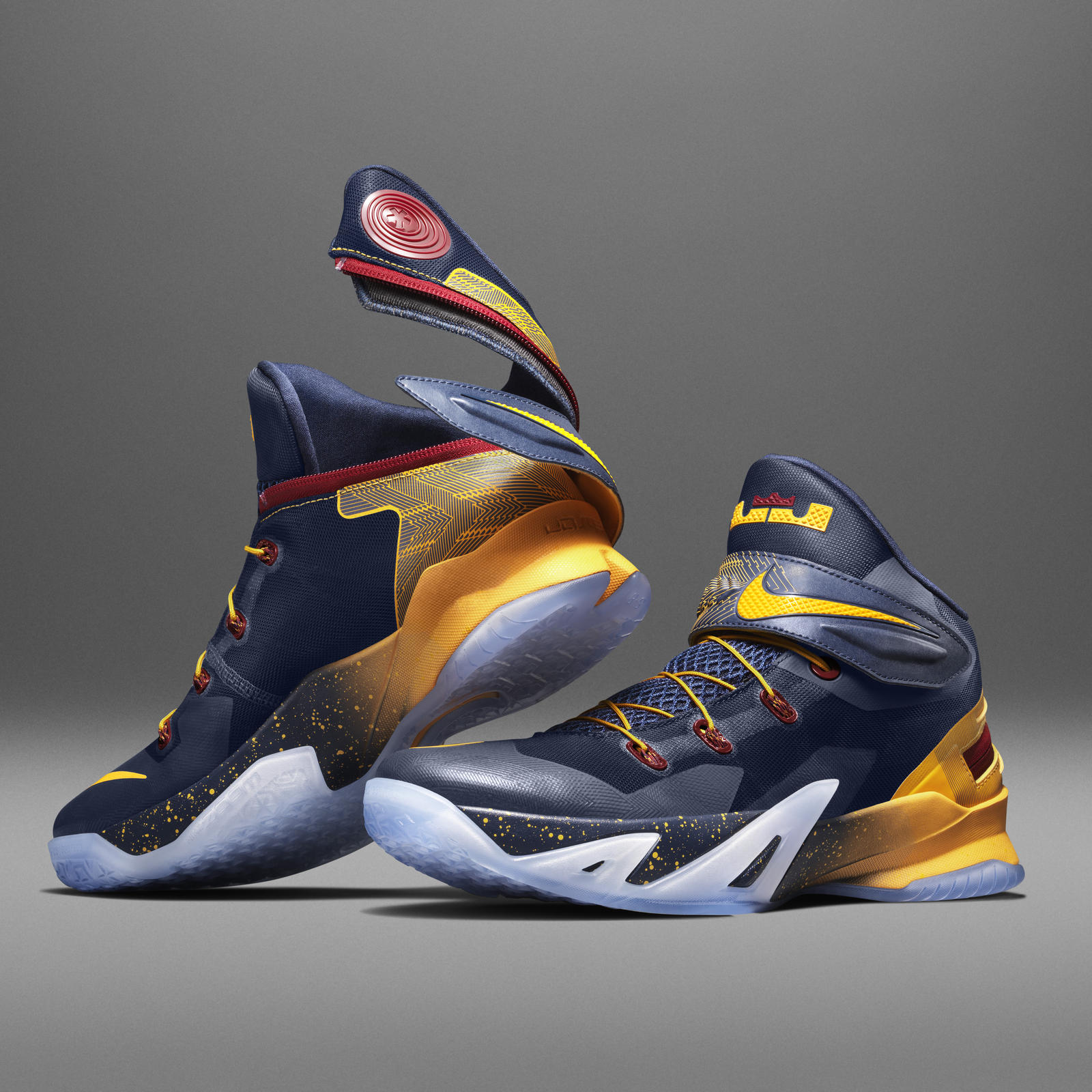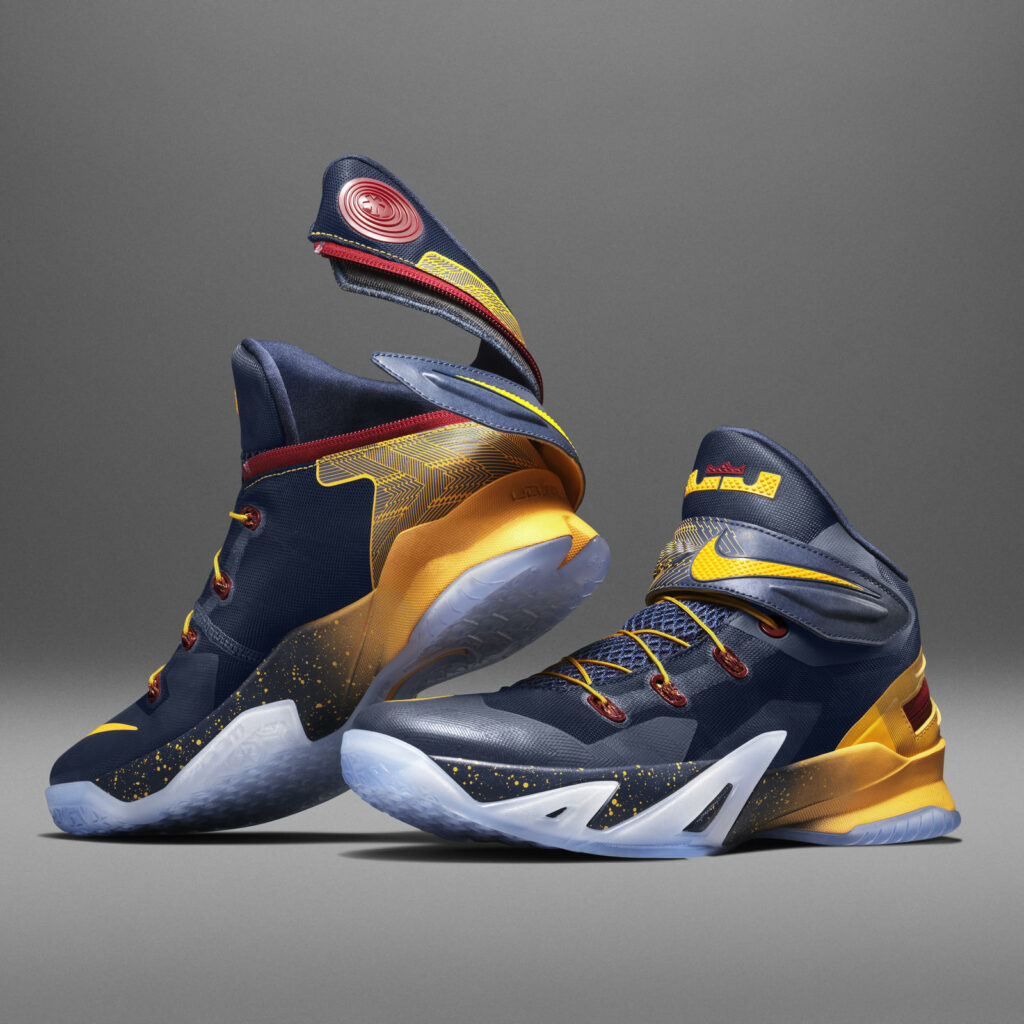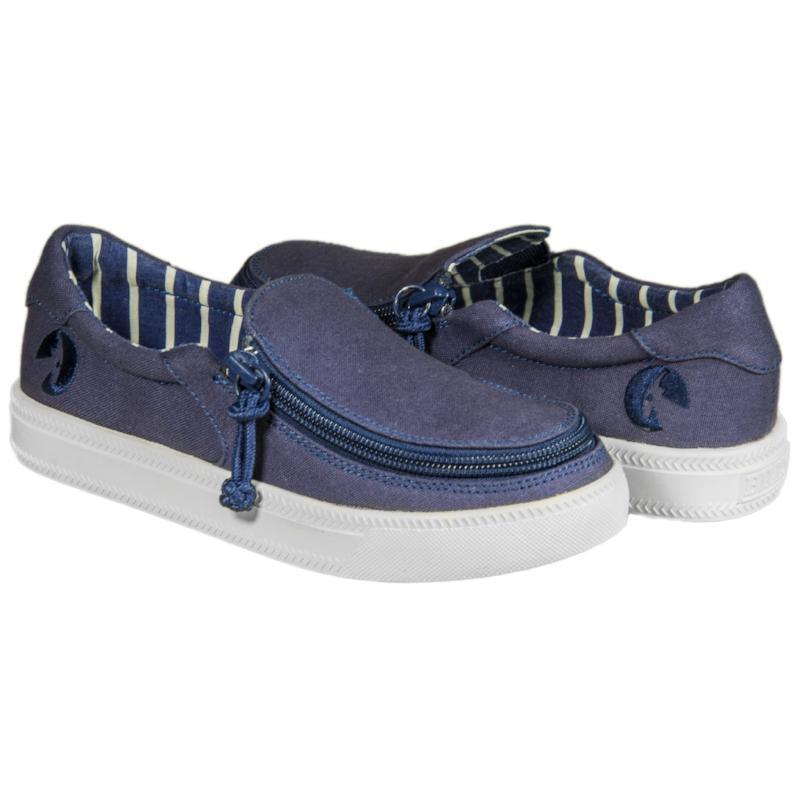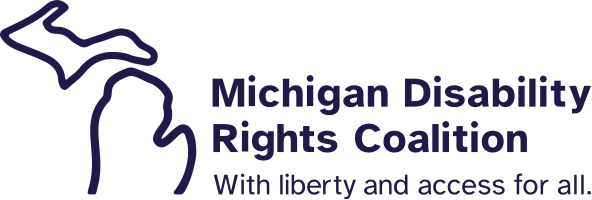Taking Steps Towards Access in Footwear!
Friday, March 22, 2019

By Jen Mullins, BS, CTRS, MATP Staff

While some designers are focusing on creating more accessible clothing, other companies are zeroing on footwear! For people who have limited mobility & dexterity and decreased stamina & balance, putting on traditional, lace up shoes can be difficult. Velcro laces have been popular and useful to many, but others share that they want better solutions. In July 2015, Nike release the FlyEase: “a shoe with a wrap-around zipper that opens the back of the shoe near the heel-counter, making it easier to slide the foot in and out. At the same time, the system provides sufficient lock down and eliminates the need to tie traditional laces.” Nike shared that they received a letter from Matthew Walzer, a customer of their shoes, requesting a shoe that he could put on himself. Walzer has Cerebral Pasly and told Nike that he needed daily assistance to put on his Nike shoes. Though they aren’t a perfect fit for everyone, the FlyEase is a great step in the right direction.
More recently, Nike released their shoes with E.A.R.L. (Electric Adaptable Reaction Lacing). “E.A.R.L’s technology makes self-lacing shoes possible. It electronically adjusts the lacing, pressure and fit to the contours of your foot. Once your heel hits the built-in sensor, E.A.R.L. automatically tightens until the fit is perfect.”
 After a successful prototype creation, in 2015 BILLY footwear launched a fruitful crowdfunding campaign and today sell high top and low top styles of shoes for kids and a limited line for adults. “Smashing fashion with function, BILLY Footwear incorporates zippers that go along the side of the shoes and around the toe, allowing the upper of each shoe to open and fold over completely. Thus the wearer can place his or her foot onto the shoe foot bed unobstructed. Then, with a tug on the zipper-pull the shoe closes and secures over top the user’s foot.” Additional styles & options for adults are reportedly in the works, “We are actively working on adult designs for both men and women and are set to launch those designs in August 2019.”
After a successful prototype creation, in 2015 BILLY footwear launched a fruitful crowdfunding campaign and today sell high top and low top styles of shoes for kids and a limited line for adults. “Smashing fashion with function, BILLY Footwear incorporates zippers that go along the side of the shoes and around the toe, allowing the upper of each shoe to open and fold over completely. Thus the wearer can place his or her foot onto the shoe foot bed unobstructed. Then, with a tug on the zipper-pull the shoe closes and secures over top the user’s foot.” Additional styles & options for adults are reportedly in the works, “We are actively working on adult designs for both men and women and are set to launch those designs in August 2019.”
It’s exciting that access is being built into footwear! But what do you do if you want to keep wearing your current shoes and need some help? Here are a few Assistive Technology (AT) devices that can make putting on, taking off, and wearing footwear more accessible:
- Long Shoehorn and Sock Remover with Non-Slip Handle: for people who have difficulty bending or reaching due to limitations in flexibility, mobility and dexterity in the fingers, hands and arms. Ideal for those suffering from neck and back problems.
- No Tie Elastic Shoelaces: laces are stretchy and held in place with a locking mechanism without having to tie them.
- Heavy-duty elastic shoelaces: for those who require or prefer better support.
- No Bend Shoe Remover: for people who have trouble bending over to take off or untie their shoes.
- Easy-Pull Sock Aid: the flexible plastic core of the Easy-Pull Sock Aid allows people to use just one hand to shape the trough easily to slide it into a sock.
- Heel Guide Compression Sock Aid: for users with any sort of bending or reaching problems. It has 17-inch handles to help alleviate the stress and pain associated with the everyday task of putting on compression socks, and also features an extra-wide design to accommodate those with edema or larger feet.

